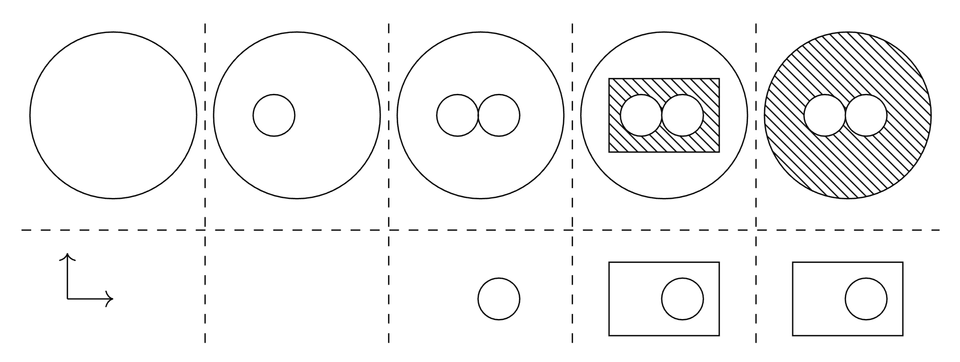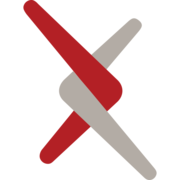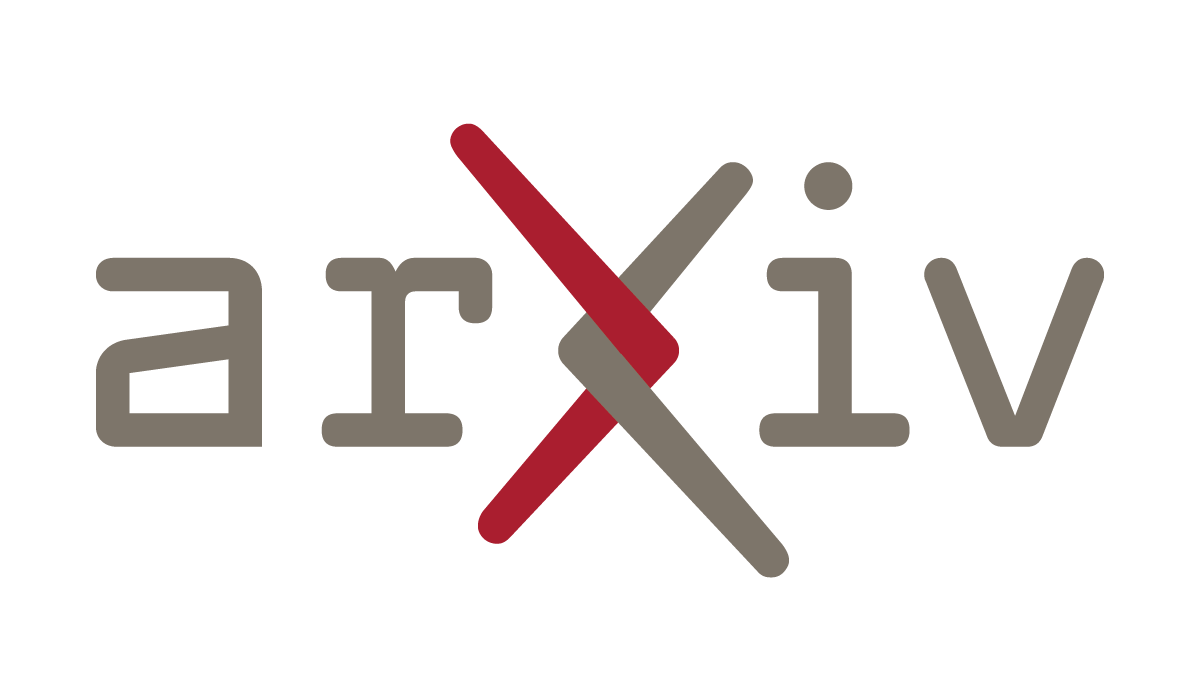On the additive image of 0th persistent homology

General audience intro:
Persistent homology in multiple parameters takes a topological space filtered in multiple ways as input and produces a commutative diagram of vector spaces and linear maps. When focusing on homology in degree 0 (clustering), a natural question arises: What kinds of diagrams can appear? Can every possible diagram be realized topologically? Can we classify those that can? For prime fields and homology in degree 1 (and greater) every diagram of vector spaces and linear maps can be realized from a diagram of topological spaces.
We show that there are infinitely many indecomposable diagrams that arise from topology and infinitely many that do not. Moreover, classifying those that do appears to be a highly challenging problem. More generally, we consider arbitrary indexing sets (small categories) and make significant progress in understanding representations that "come from clustering"—or equivalently, representations that factor through the free functor from sets to vector spaces. Throughout, we primarily work over a finite field but towards the end we consider large fields for homology in degree 1 and greater.
Abstract:
For
Joint work with U. Bauer, S. Oppermann, and J. Steen.
ArXiv link:

